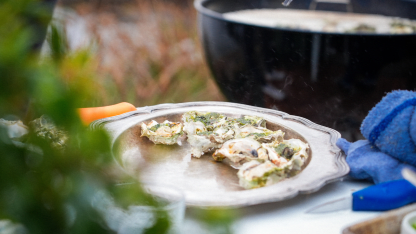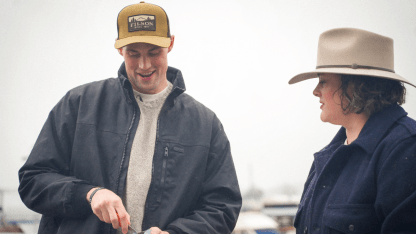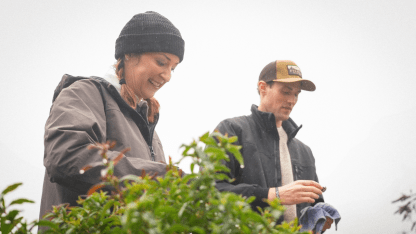Welcome to UNCHARTED. Developed in partnership with Filson, this is a series of profiles showcasing the natural beauty and unique experiences found in the Pacific Northwest while getting to know more about our Kraken players. You can find previous installments HERE.
Kraken defender Brian Dumoulin has been a foodie for most of his life. His passion for all things culinary first took hold when he was growing up and saw how much his mom loved cooking and preparing meals. Later on, while he was in college, he and a friend bonded over their shared enjoyment of cooking and venturing out to try new restaurants.
Today, Dumoulin can be frequently found in the kitchen preparing meals for his family. So it was only fitting that we should connect him with two long-time fixtures of the Seattle food scene: oysters and Renee Erickson.
Erickson, a local chef, author and restauranteur, invited us to spend an afternoon at one of her nine restaurants, Westward, located right on the north shore of Lake Union, and as we arrived out on the small dock, she was already at work.
Laid out before us was a platter of oysters, towels, and some shucking knives and off to the side Erickson, who hails from Woodinville, was tending to an outdoor grill.





















